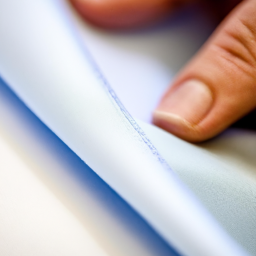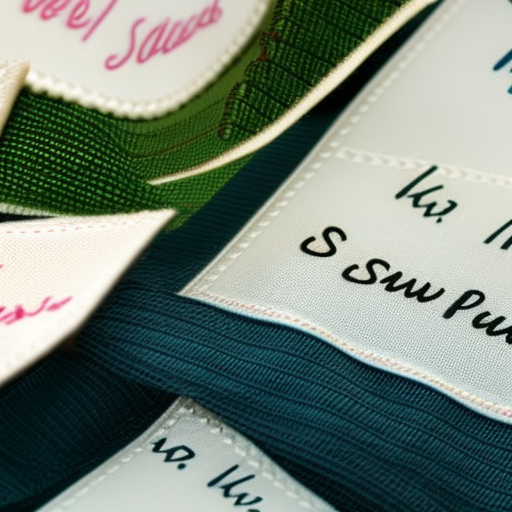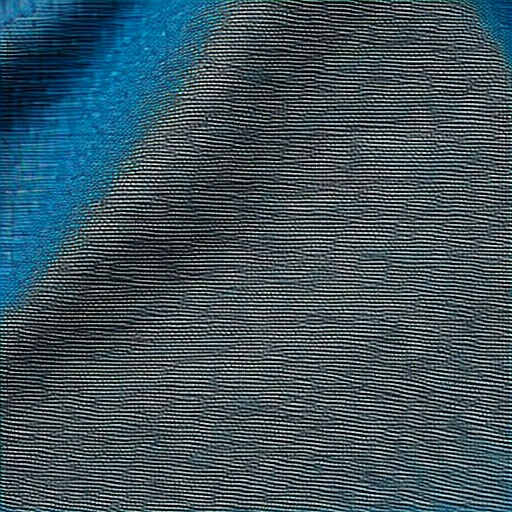
Introduction
When it comes to labeling handmade clothing items or other fabric-based products, sew-in fabric labels are an essential addition. These labels provide important information such as brand name, care instructions, size, and country of origin. They not only add a professional touch to your creations but also help customers identify and remember your brand.
Benefits of
- Branding: Sew-in fabric labels are an excellent way to showcase your brand. You can customize them with your logo, brand name, or even a unique design to make your products easily recognizable.
- Professional Look: Labels sewn into your creations add a touch of professionalism and craftsmanship. They give a polished look to your products, making them stand out in the marketplace.
- Information and Care Instructions: Fabric labels allow you to provide important information to your customers, such as fabric content, care instructions, and size. This helps customers take care of their garments properly and prolong their lifespan.
- Brand Awareness: By including your branding elements on sew-in fabric labels, you create a lasting impression on your customers. When they wear or use your products, your brand will be prominently displayed, increasing brand awareness and potentially leading to repeat business.
The Design Process
Crafting the perfect sew-in fabric label requires careful consideration of design elements:
- Logo and Branding: Choose a design that reflects your brand identity. A well-designed logo can easily convey your brand’s values and personality.
- Color Scheme: Select colors that align with your brand style and appeal to your target audience. Consider using colors that complement your product line or reflect your brand’s image.
- Font and Typography: Use clear and legible fonts to ensure the information on your labels is easily readable. Consistency in typography helps establish a cohesive brand image.
- Material and Size: Different fabric labels work best with specific materials. Consider the durability and washability of your fabric labels to ensure they withstand regular usage and washing.
- Care Instructions: Include clear and concise care instructions to educate customers on how to take care of their garments properly.
- Legal Requirements: Ensure your fabric labels comply with relevant industry and legal standards, such as displaying required safety warnings or mandatory information.

The design process for sew-in fabric labels should consider various important elements.
Sewing In Your Labels
When attaching your fabric labels to your creations, there are various techniques you can use:
- Tack Stitch: Use a few small hand stitches on each corner of the label to secure it in place. This method ensures a strong hold while keeping the label flat against the fabric.
- Straight Stitch: Sew around the edges of the label using a straight stitch on a sewing machine. This technique provides a neat and uniform appearance.
- Hidden Stitch: Hand sew the edges of the label using an invisible stitch, hiding the stitches within the fabric layers. This method gives a seamless look to your labels.
Conclusion
Sew-in fabric labels serve both functional and branding purposes for handmade clothing items and fabric-based products. They provide important information, add a professional touch, and promote brand awareness. When considering fabric labels, carefully design them to reflect your brand identity and ensure they comply with legal requirements. By sewing them into your creations using various techniques, you can elevate the look and professionalism of your products, leaving a lasting impression on your customers.
“Sew-in fabric labels add a touch of professionalism and brand identity to your creations.”





I absolutely love this idea! I need to try this. #SewingTips #FabricLabels
Kiran Ahuja: Perfect for customizing your projects!
What a clever way to add a personal touch to your handmade projects! #SewingProjects #CustomizeYourCreations
This is such an inventive way to make your DIY crafts stand out! #CreativeLabeling #PersonalizingProjects